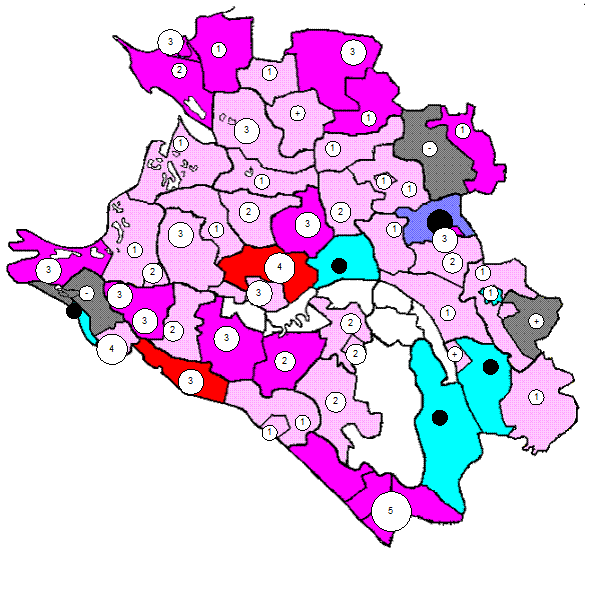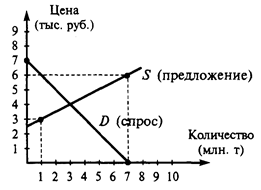Dnipro Basin Environment Programme
Dnipro is a great river, owing not only to its hydrological parameters (third longest in Europe), but also to its discernible role and significance in the formation and development of the three Eastern Slavic nations. Indeed, the past history, present environmental and economic conditions, and future destiny of Belarus, Russia, and Ukraine are deeply entwined with the Dnipro. However, the extensive human impact on the Dnipro Basin has increased even more during recent decades due to the Chernobyl catastrophe, and has led to imbalances in nature and disaster conditions in many territories. Unfortunately, adequate measures on pollution prevention and reduction of the impact of other negative factors have not been taken either. The vital powers of the Dnipro – its ability to self-purify and renew its natural resources – have gradually weakened; its biodiversity has suffered, as has depleted the productivity of its fisheries. Despite the social and economic difficulties underway, all arms of government in the three Dnipro countries are making significant efforts to improve the aggravated environmental situation. The Dnipro River is the third-largest in Europe (after the Volga and the Danube). The Dnipro is also the second-largest river emptying into the Black Sea. It drains an area of 509,000 square kilometres and has a total length of 2,200 km. The Dnipro's is a trans-boundary system, with 20 percent of the river basin within the territory of the Russian Federation, 23 percent in Belarus, and the largest portion, 55 percent, in Ukraine. Highly altered by a lengthy cascade of reservoirs, the Dnipro is no longer a self-regulating river ecosystem. Adjoining hydroelectric facilities, nuclear power stations, and other heavy industrial complexes have caused environmental and socioeconomic damage on a region-wide scale. The Dnipro Basin has been described as a "classic example of unsustainable development", due to the past legacy of trying to convert a traditionally agricultural region into a major industrial one in the space of a few decades. The situation has been complicated by the extreme social and economic difficulties faced by all three riparian countries in their transition to market economies. In the Dnipro Basin, this combination of circumstances has resulted in: · high industrial density and urban population; · intensively farmed areas with a history of over-fertilisation (to compensate for the loss of agricultural land due to urban, mining, and industrial development), though with little current use of agrochemicals, as well as severe erosion and falling productivity; · excessive damming of the river system, with six major reservoirs on the main watercourse and over 500 smaller dams on the tributaries, to generate electricity for heavy industry; · the practice of flooding fertile lands in river valleys in connection with the construction of dams, and the draining of wetlands to provide more land for agriculture, resulting in a gross reduction of biodiversity in the whole region; · large-scale and extensive water extraction for agricultural and industrial use, particularly for metallurgic industrial complexes; · poorly regulated deposits of tailings from mining complexes, including wastes from uranium mining; · industrial accidents, the most notorious being the 1986 Chernobyl nuclear disaster, which led to the contamination of vast areas of eastern and northern Europe, along with radioactive fall-out; · frequent accidental spills of contaminated wastewater into the river, and on occasions, into the drinking water system; and · treatment or partial treatment of only 45 percent of the wastewater. Many of the consequences of the environmental deterioration in the Dnipro basin are trans-boundary in nature. The break-up of the former Soviet Union resulted in new societal divisions, and different economic and political objectives and strategies, among the newly independent riparian states. The development of a Strategic Action Programme (SAP) can improve the state of the Dnipro Basin environment and reduce the trans-boundary consequences of environmental deterioration. Long-term objectives of the Programme are: · remedy the serious environmental effects of pollution and habitat deterioration in the Dnipro River Basin; · ensure sustainable use of its resources; · protect biodiversity in the Basin. SAP is a policy document endorsed in agreements among the governments of the three Dnipro countries and implemented at the highest level of executive authority of all relevant sectors. The document establishes clear priorities for action to resolve the priority problems.
|




